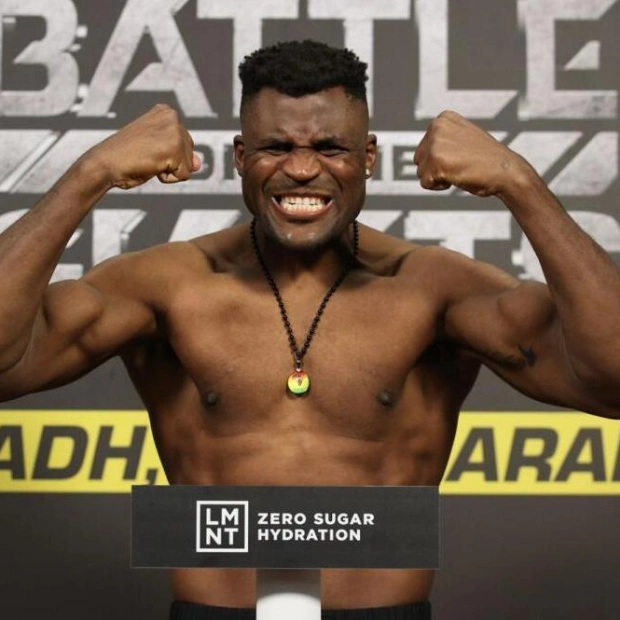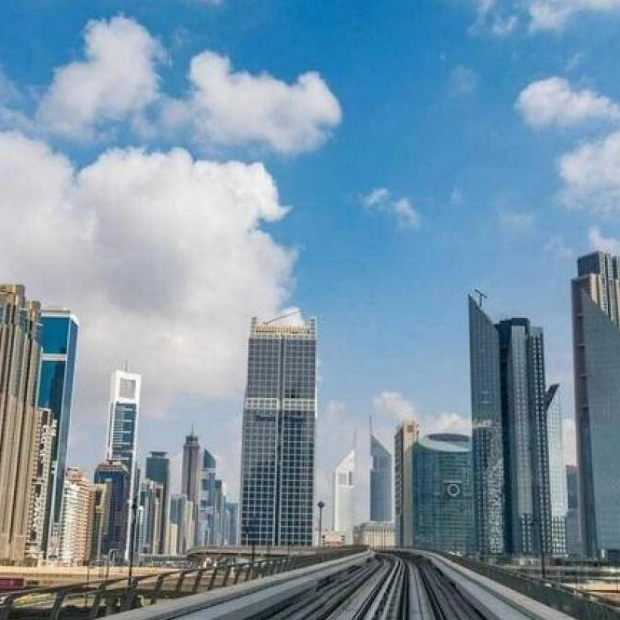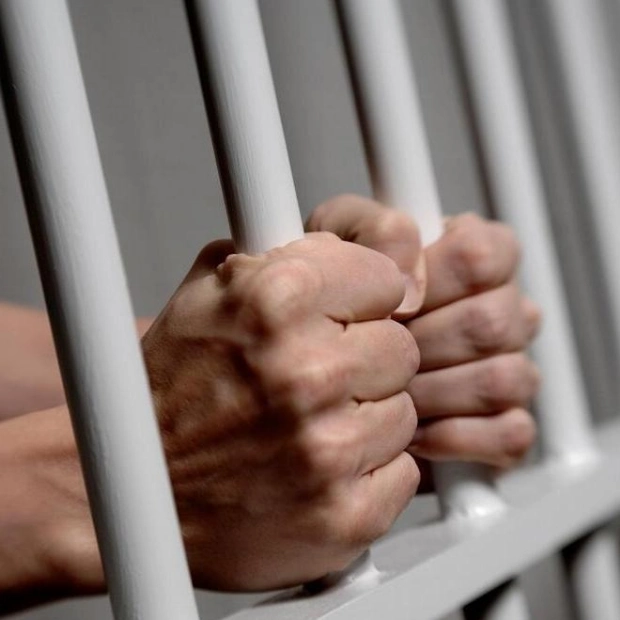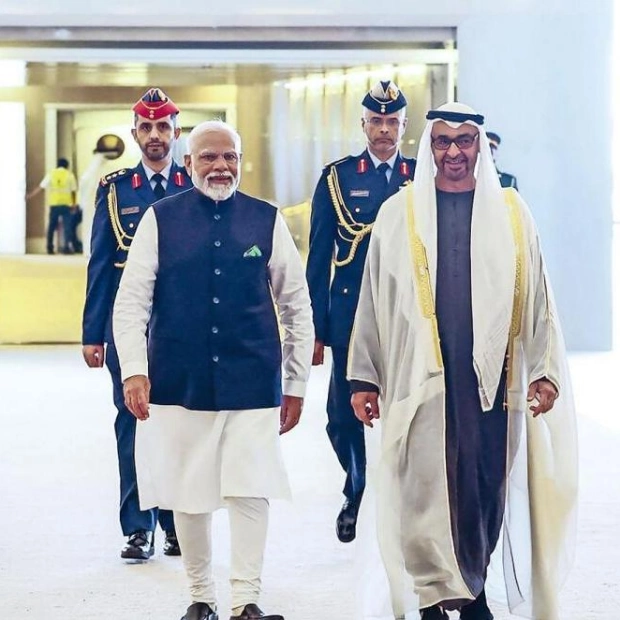A motorist dons a mask and gloves while riding his scooter amidst smog in New Delhi on Tuesday. – AFP
On Wednesday, acrid clouds enveloped India's capital as air pollution, exacerbated by fireworks and farm stubble burning, was classified as 'hazardous' by monitors for the first time this winter. Commuters making their way to work navigated through toxic smog that claims thousands of lives annually, according to health experts, though few in the sprawling city wear masks. New Delhi is annually shrouded in acrid smog, primarily due to stubble burning by farmers in neighboring regions preparing their fields for ploughing. Air pollution is expected to intensify, particularly during the Hindu festival of lights, Diwali, which this year falls on November 1. Celebrations typically involve smoky fireworks that emit hazardous pollutants. Levels of fine particulate matter, known as PM2.5 pollutants, which are cancer-causing microparticles that enter the bloodstream through the lungs, spiked to over 68 times the World Health Organization's recommended maximum. Monitoring firm IQAir reported that pollutants reached 344 micrograms per cubic metre on Wednesday, labeling the air in the megacity of approximately 30 million people as 'hazardous' and ranking it as the world's worst. In response, New Delhi has imposed a 'complete ban' on all firecrackers, including their manufacture and sale, in an effort to curb high air pollution. Previous restrictions were often disregarded. Police frequently hesitate to enforce these bans due to the strong religious sentiments associated with the crackers among Hindu devotees. Authorities have also prohibited stubble burning, and police in Haryana state have arrested several farmers for setting fires before tilling. Despite these efforts, the government has yet to resolve the nation's air quality issue. A study in the Lancet medical journal attributed 1.67 million premature deaths in 2019 to air pollution in the world's most populous country.
Source link: https://www.khaleejtimes.com






